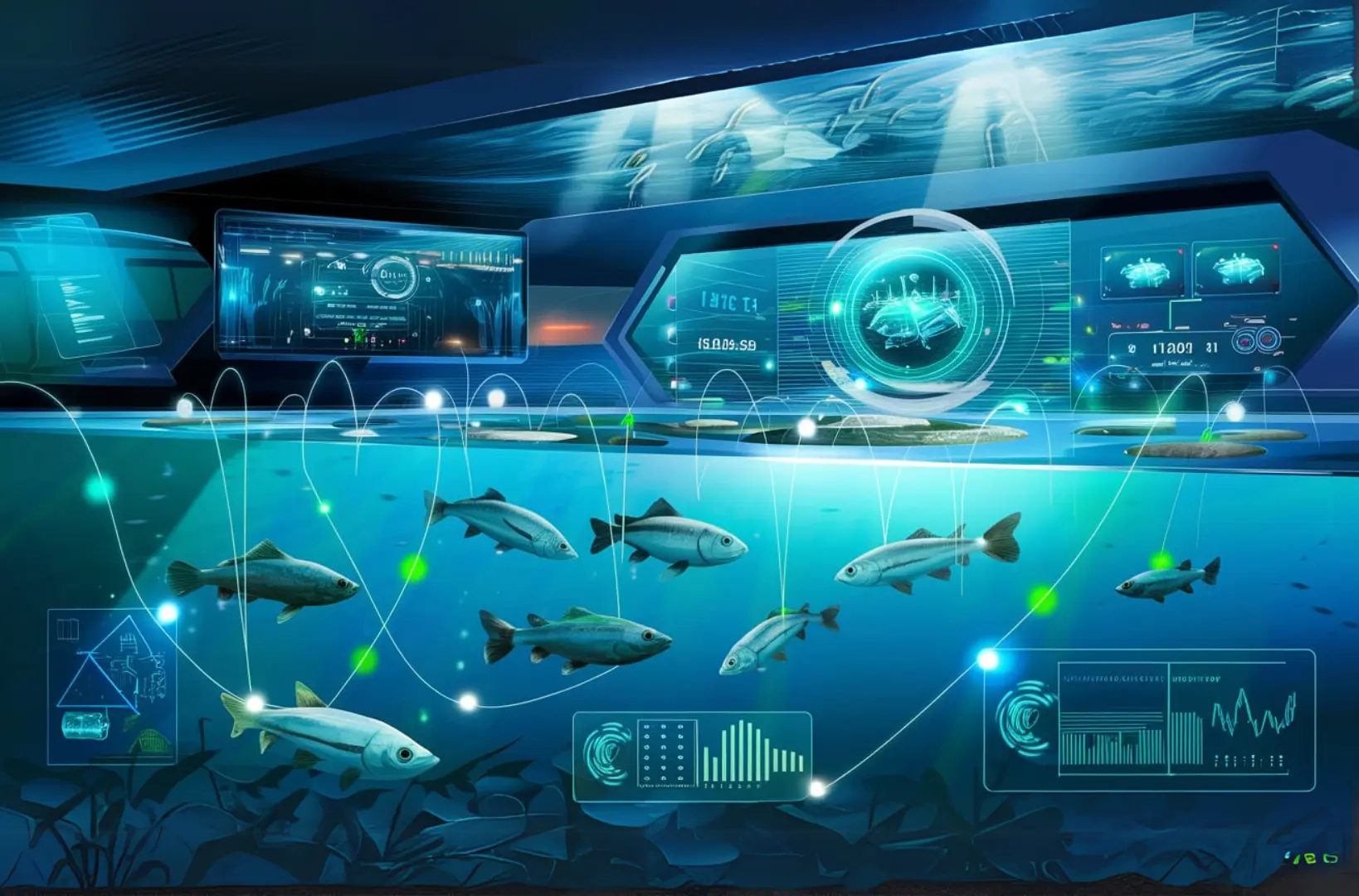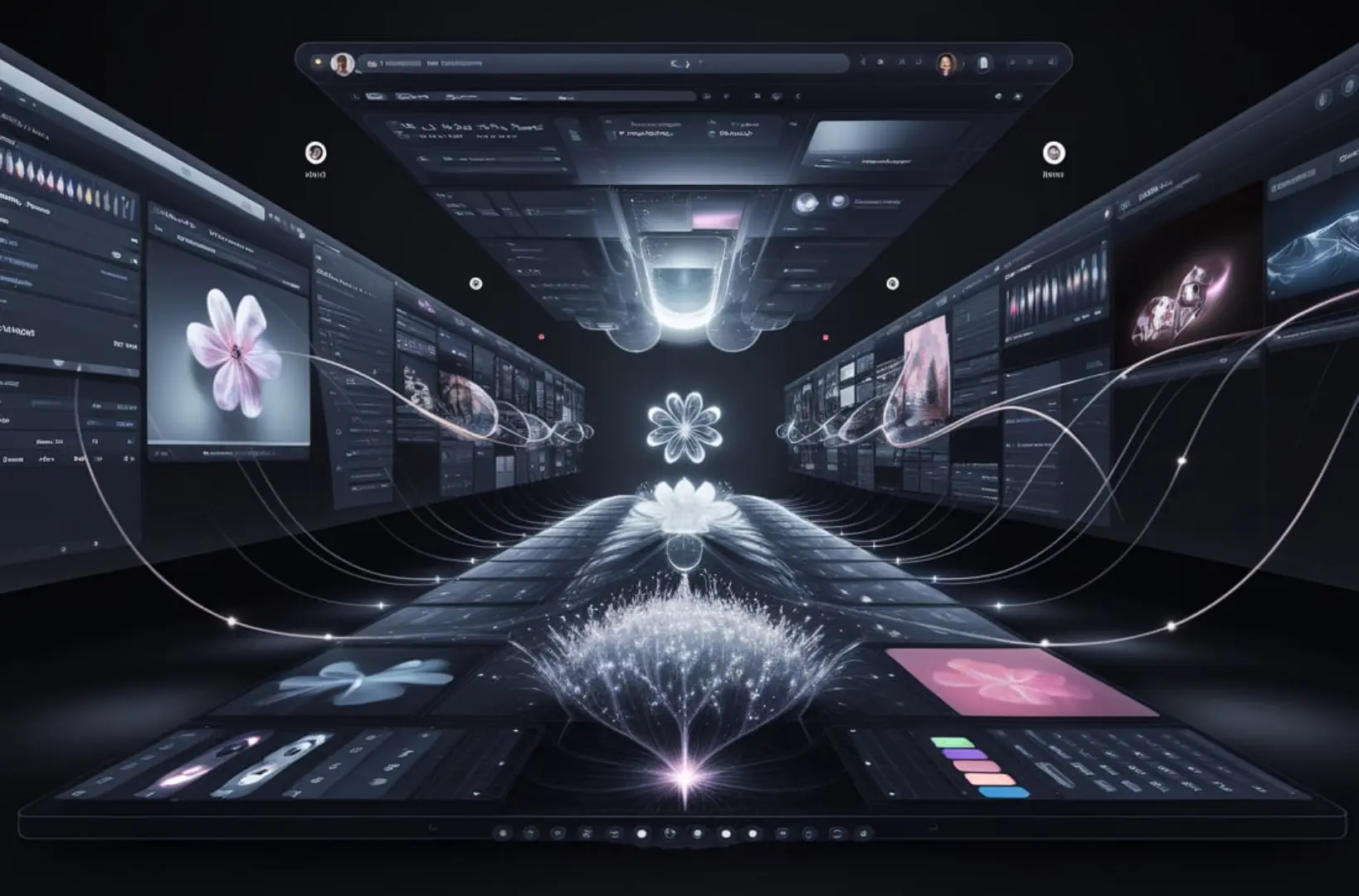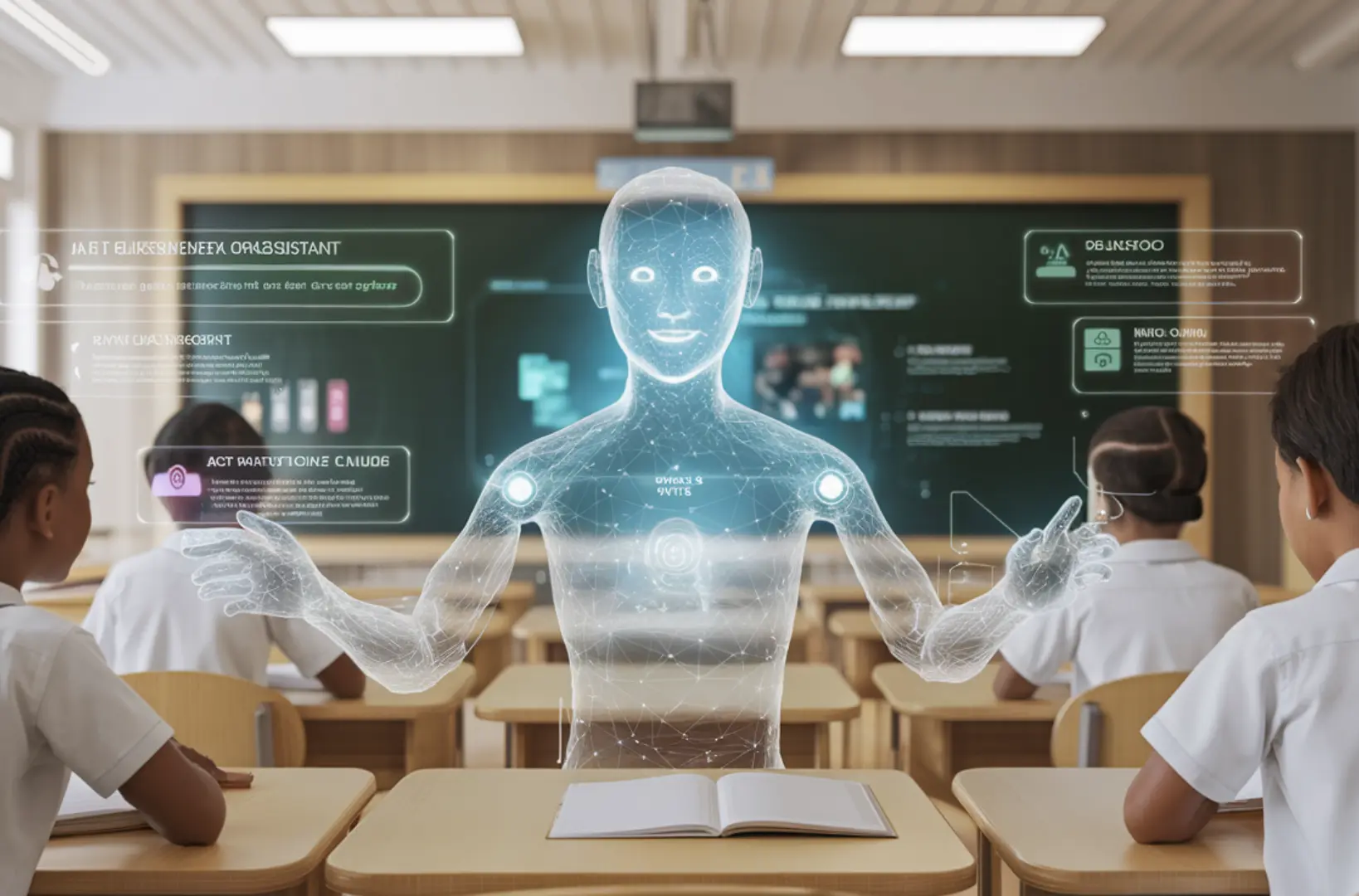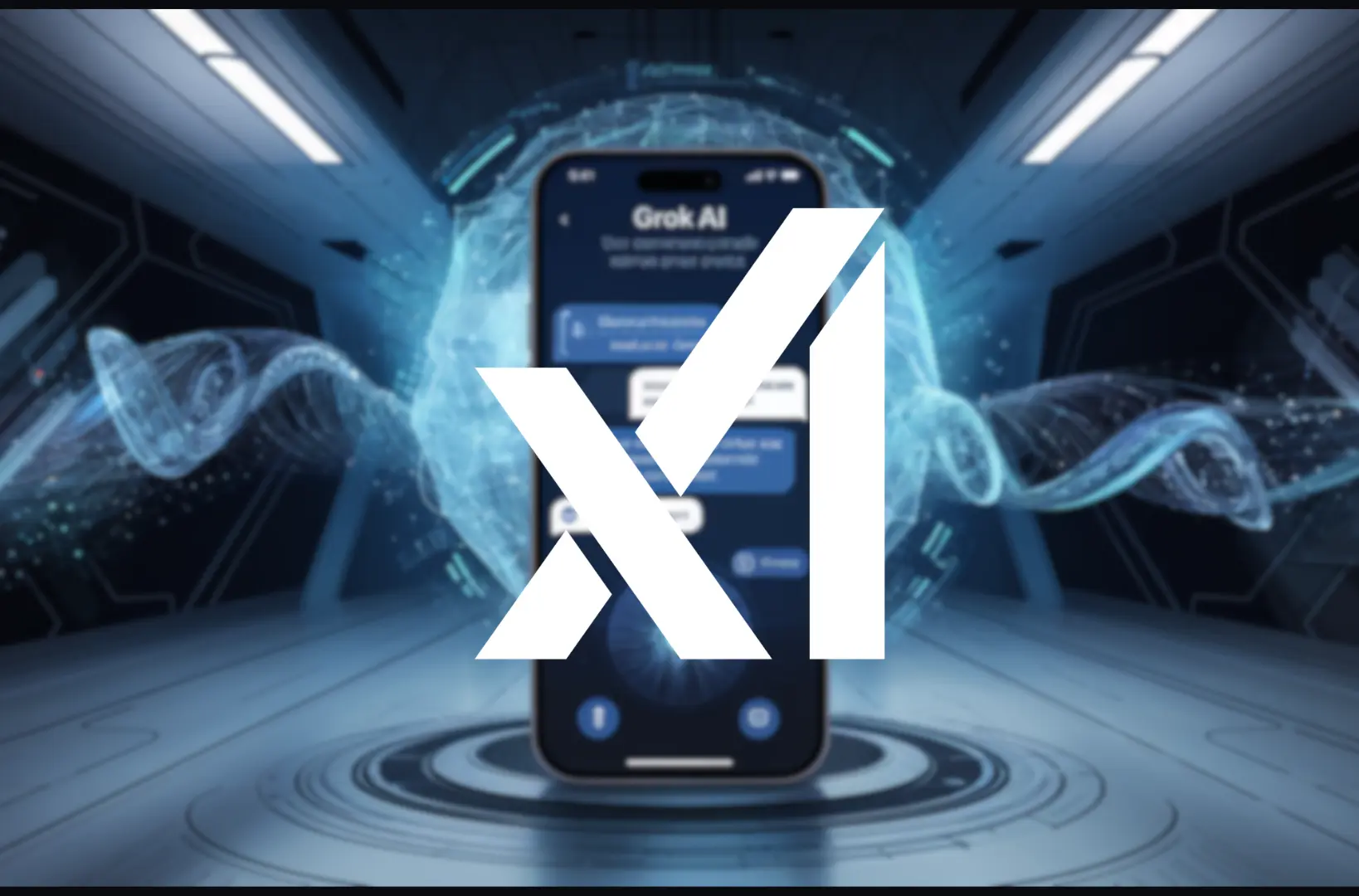Aquaculture is the fastest-growing sector of food production globally, providing more than half of the world’s seafood. However, ensuring the well-being of farmed fish remains a significant challenge. Traditional methods rely on manual inspections, periodic sampling, and water quality tests, which are often inefficient and fail to detect early signs of distress.
Enter artificial intelligence (AI)—a game-changing technology that is now transforming aquaculture by monitoring fish welfare in real-time. Researchers and tech companies are developing AI-powered systems that analyze the breathing patterns of farmed fish, offering a revolutionary way to track their health, stress levels, and environmental conditions.
In this blog, we will explore how AI is being used to monitor fish welfare, the science behind tracking respiration, and the broader impact of this technology on sustainable aquaculture.
The Importance of Fish Welfare in Aquaculture
Ensuring the welfare of farmed fish is not just an ethical responsibility but also a critical factor in maintaining a productive and sustainable aquaculture industry. Stress, disease, and poor water quality can lead to high mortality rates, reduced growth efficiency, and lower product quality.
Common stressors for farmed fish include:
- Poor water quality: Low oxygen levels, high ammonia concentrations, and temperature fluctuations can impact fish health.
- Overcrowding: High stocking densities increase competition for resources and elevate stress levels.
- Handling and transport: Frequent netting, sorting, and transportation can cause physical injuries and stress.
- Disease outbreaks: Bacterial, viral, and parasitic infections spread rapidly in aquaculture systems.
Detecting these issues early is essential for improving fish welfare and minimizing economic losses. AI-driven monitoring systems provide a non-invasive, real-time solution for identifying stress indicators before they escalate into serious problems.
AI-Powered Respiration Tracking: How It Works
Recent advancements in AI and computer vision have enabled scientists to develop systems capable of analyzing fish respiration rates with remarkable precision. These systems use high-resolution underwater cameras and machine-learning algorithms to track subtle movements in the fish’s gills and body.
1. High-Resolution Imaging and Computer Vision
AI-based monitoring systems rely on underwater cameras installed in fish tanks or open-water farms. These cameras capture detailed footage of fish in their natural environment. Using computer vision, the system detects individual fish and focuses on their gill movements to measure respiration rates.
Each fish breathes by opening and closing its gills to extract oxygen from water. The frequency and pattern of this movement can provide valuable insights into the fish’s health and stress levels.
2. Machine Learning Algorithms for Behavioral Analysis
Once the AI system collects raw data, it applies machine learning models trained on vast datasets of healthy and stressed fish. These models analyze respiration rates and detect anomalies that may indicate problems such as:
- Oxygen depletion: Increased respiration rates suggest low oxygen levels in the water.
- Disease onset: Irregular breathing patterns can be early signs of infection.
- Environmental stress: Changes in respiration may indicate sudden shifts in water temperature or quality.
By continuously learning from new data, these AI models become more accurate over time, allowing for precise real-time monitoring of fish health.
3. Integration with IoT and Automated Alerts
Modern aquaculture systems increasingly incorporate Internet of Things (IoT) technology, allowing AI-powered respiration tracking systems to connect with other monitoring devices, such as:
- Water quality sensors: Measuring oxygen, pH, ammonia, and temperature levels.
- Automated feeders: Adjusting feeding schedules based on fish activity and stress levels.
- Remote monitoring dashboards: Providing real-time data to fish farmers via mobile apps or web interfaces.
If the AI system detects abnormal respiration rates, it can trigger automated alerts, enabling farm operators to take immediate corrective actions.
Benefits of AI-Based Fish Welfare Monitoring
1. Early Disease Detection
One of the most significant advantages of AI respiration tracking is its ability to detect disease before visible symptoms appear. Traditional methods rely on periodic sampling, but AI can provide continuous monitoring, reducing the risk of large-scale outbreaks.
For example, early detection of bacterial infections can prevent losses by allowing farmers to administer targeted treatments before the disease spreads.
2. Improved Water Quality Management
Real-time respiration data provides valuable feedback on water quality. If fish begin breathing faster, it could indicate declining oxygen levels or increased toxin concentrations. Farmers can then adjust aeration, filtration, or water exchange processes accordingly.
3. Reduction in Antibiotic Use
By detecting health issues early, AI monitoring reduces the need for blanket antibiotic treatments, which contribute to antibiotic resistance in aquatic ecosystems. Instead, farmers can adopt precise, data-driven interventions.
4. Increased Productivity and Sustainability
Healthier fish grow faster, require fewer medical treatments, and experience lower mortality rates, ultimately improving the efficiency and sustainability of fish farming. AI-powered monitoring aligns with global efforts to promote responsible aquaculture practices.
Real-World Applications and Future Prospects
Several companies and research institutions are already deploying AI-powered fish welfare monitoring systems worldwide.
1. Cermaq’s iFarm Project
Norwegian aquaculture company Cermaq has developed an AI-based system that individually tracks farmed salmon using computer vision. The system monitors breathing, growth rates, and overall health, enabling targeted interventions.
2. Aquabyte’s AI-Powered Monitoring
Startup Aquabyte has integrated AI, machine learning, and IoT sensors to track fish health, detect lice infestations, and optimize feeding schedules, improving farm efficiency and sustainability.
3. Research at the University of British Columbia
Researchers at UBC have developed an AI model that analyzes fish breathing patterns to assess stress levels, aiming to provide a scalable solution for large-scale aquaculture operations.
4. Future Developments
AI in aquaculture is still evolving, and future innovations may include:
- Automated robotic monitoring systems that move freely through fish farms to collect real-time data.
- AI-powered predictive analytics to anticipate disease outbreaks before they occur.
- Advanced biometrics using AI to monitor additional vital signs such as heart rate and metabolic activity.
The Road Ahead: Ethical Considerations and Challenges
While AI offers groundbreaking benefits for aquaculture, it also raises ethical and logistical challenges.
1. Data Privacy and Ownership
With AI collecting vast amounts of data on fish farms, concerns over data ownership and privacy arise. Clear regulations are needed to ensure the responsible use of AI-generated insights.
2. High Implementation Costs
The initial investment in AI-powered monitoring systems can be significant. However, as the technology becomes more widespread, costs are expected to decrease, making it more accessible to small-scale fish farmers.
3. Balancing Automation and Human Oversight
While AI can provide valuable insights, human expertise remains essential for decision-making. A balanced approach that combines AI with skilled aquaculture management will be key to successful implementation.
Conclusion
AI-powered respiration tracking is revolutionizing fish welfare monitoring, offering a non-invasive, real-time solution to detect stress, disease, and environmental changes. By harnessing the power of computer vision, machine learning, and IoT, aquaculture operators can enhance productivity, reduce losses, and promote sustainable practices.
As AI technology continues to evolve, its integration into aquaculture will play a crucial role in ensuring ethical, efficient, and environmentally responsible fish farming in the future.
Would you trust AI to monitor fish welfare in the seafood industry? Let us know your thoughts in the comments!
Suggested Reads:
- Gemini Live Now Available to 500M+ Hindi Speakers
- How to Master B2B Marketing on LinkedIn in 2025
- Nvidia’s Fastest GPUs for DeepSeek AI: Does Speed Really Matter?

Burhan Ahmad is a Senior Content Editor at Technado, with a strong focus on tech, software development, cybersecurity, and digital marketing. He has previously contributed to leading digital platforms, delivering insightful content in these areas.








